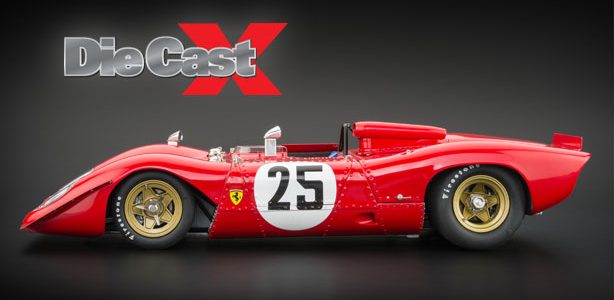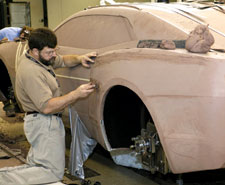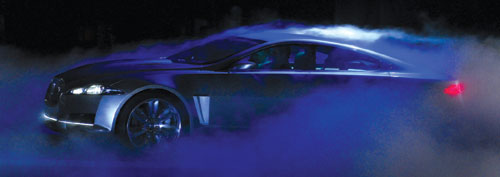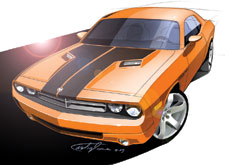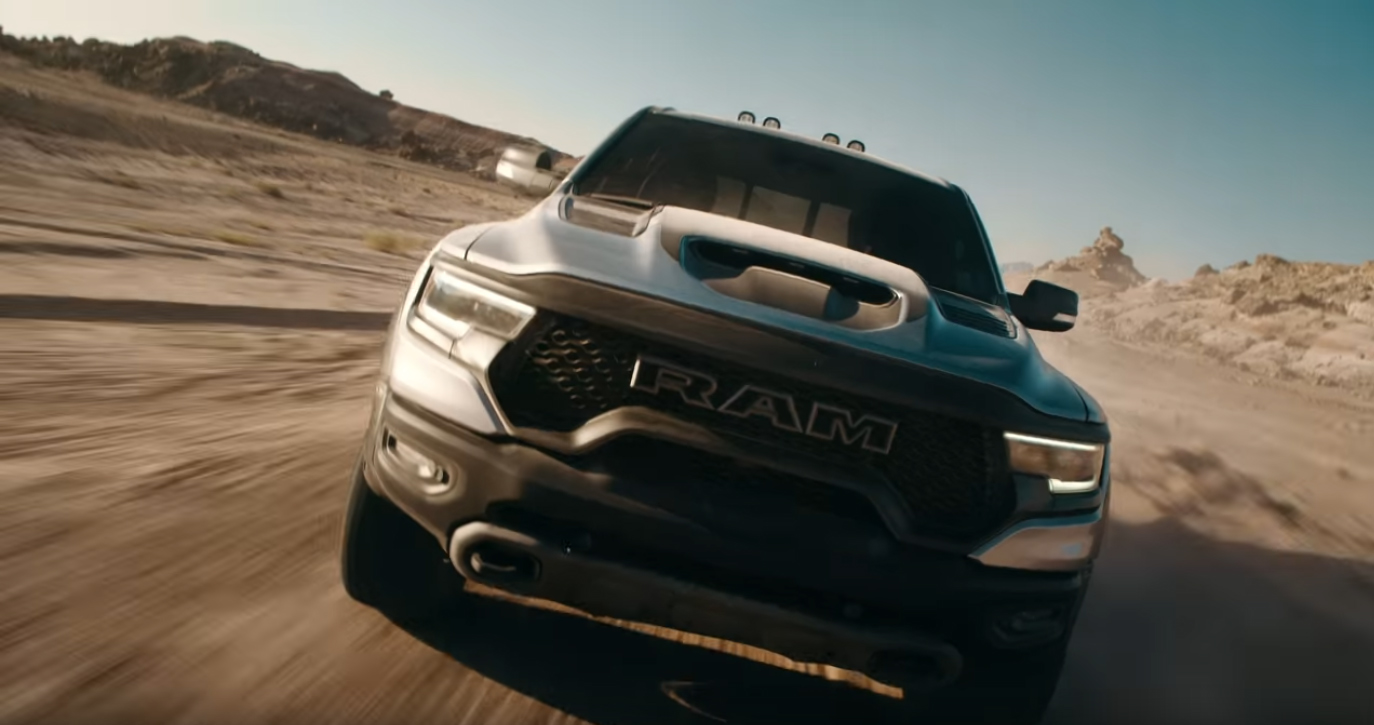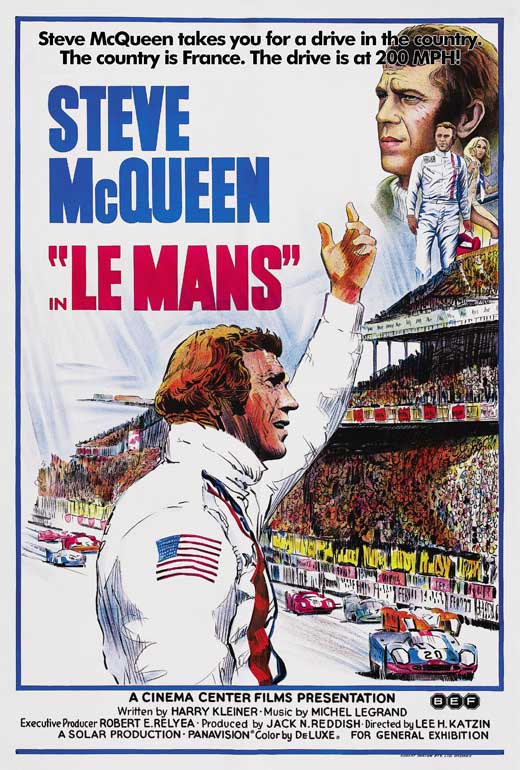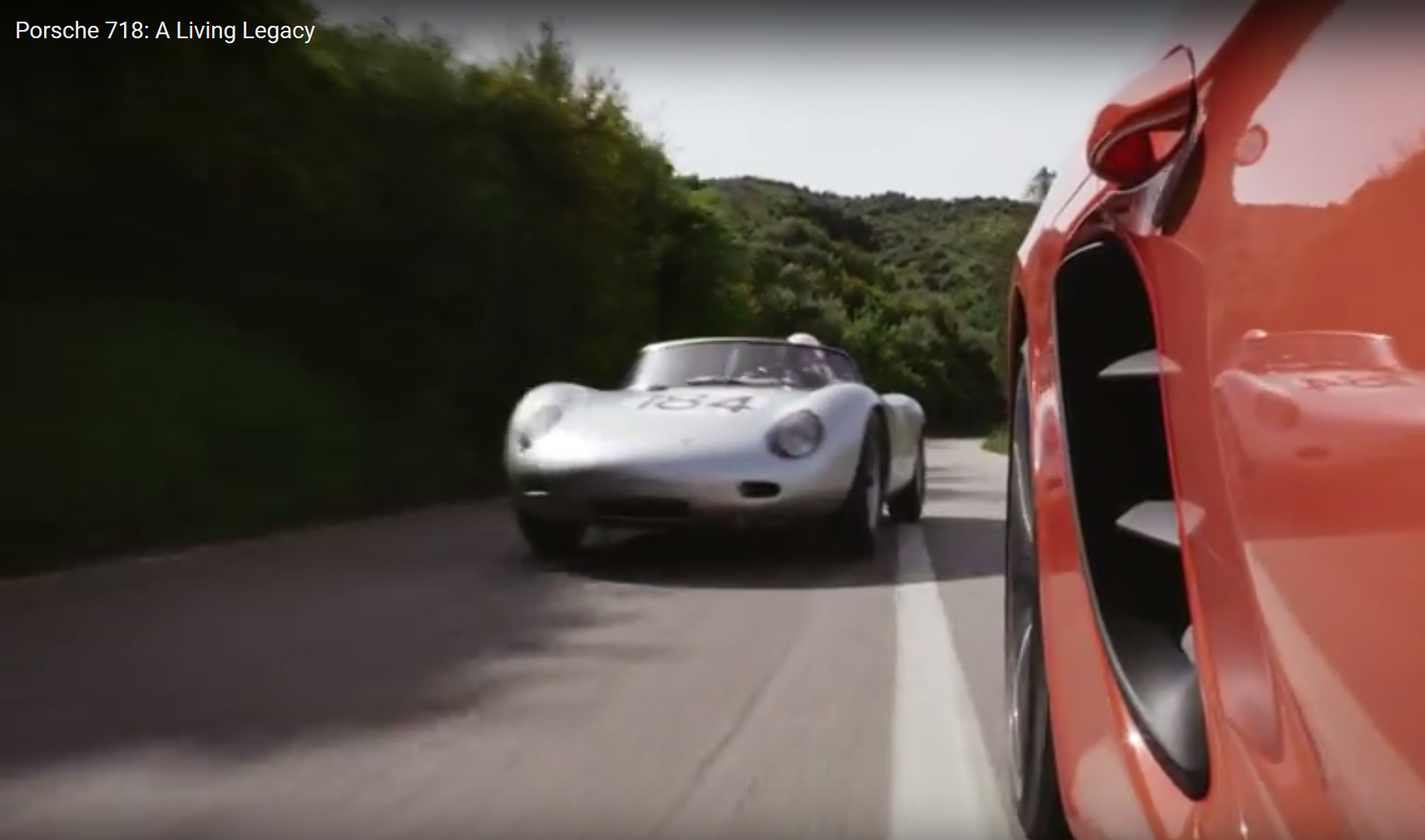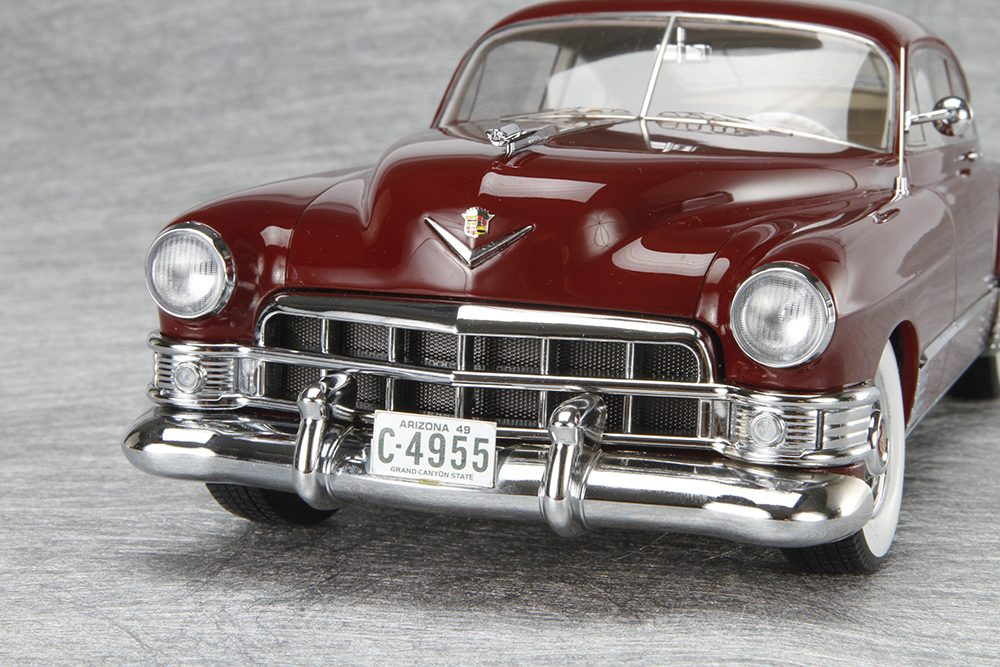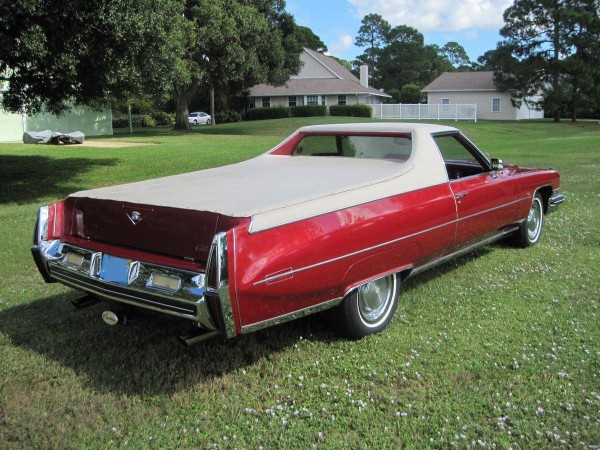|
|
were low-drag and uninspiring. From 1974 to 1990, the exceptions to the new rule were Fords Cobra 230ME, Chevrolets Camaro Concept, Pontiacs Banshee and a radical two-seater from Dodge called the Viper. The Cobra ME marked Fords return to advancing the art of concept cars. Many of the Camaro Concept and Banshee lines were evident two years later on production Camaros and Firebirds. The biggest news and trend-changerwas that the Viper became a limitedproduction supercar in 1992.
From the Viper onward, Chrysler was the leading concept car producer. Shortly after the Viper became reality, Chrysler head designer Tom Gale showed off the Chip Foose-inspired Plymouth Prowler concept car, and by 1997, the Prowler was being produced alongside the Viper.
Given the market success of the Viper and Prowler, it suddenly seemed likely that every Chrysler concept car would be in production within a few years. This resulted in the type of excitement and brand recognition that matched Harley Earls 1937 vision before he built the Buick Y-Job. Chrysler made good on its auto show promises, as the Pronto became the PT Cruiser. The 300, Magnum and Charger were also first shown as concepts.
Chryslers accelerated pace of turning concepts into realities forced GM and Ford to respond in kind, as did Mazda, Nissan, Toyota, Volkswagen and the worlds other automakers.
When GM killed the Camaro and Firebird, Ford won the Pony Car war by default. Chrysler, however, was not willing to concede this once popular market to the Blue Oval. In 2005, Chrysler showed off the Dodge Challenger Concept a sports coupe powered by the famous Hemi V-8 engine. The public reaction was If you build it, we will come. Within months, the word came down from Sterling Heights, Michigan, that the Challenger would be the next concept car to be pressed into production and that the first models would reach dealers by early summer, 2007. Meanwhile, Chevrolet had debuted its Camaro Concept car in 2006 with a hint that if public reaction was favorable, it might see showrooms in 2008. At the 2007 North American Auto Show in Detroit in January, Dodge showed off the production Challenger. In a surprise move, Chevrolet took the cover off a stunning orange with black stripes Camaro convertible and announced that production versions will be available this summer. The Pony Car wars are backall because of public reaction to the bold visions of concept car designers and builders.
American automakers, although they certainly pioneered and perfected the dream/concept car idea, are not the only brands that have reaped benefits from building and presenting advanced styles and innovative engineering. In 1994, Volkswagen went backward to go forward when it built a concept retro Beetle. Designed by J. Mays and called the Concept 1, the modern version of the classic peoples car wowed show-goers. For Volkswagen, it was an easy decision to build the car (at its Puebla, Mexico, plant) alongside the original Beetle, which was still in production. The new Beetle assembly line started in 1998, and the first coupes reached an enthusiastic U.S. market in 1999. The new and old Beetles were manufactured side by side until 2003, when the last original Bug rolling off the line 65 years after it was first launched.
Since it introduced the 1994 Concept 1, Volkswagen has been one of the most prolific makers of modern dreams. In 2001, it released a retro-style Microbus. Like the Beetle, it, too, sent screams of Yes, I want one resonating through Wolfsburg.
Over the years, more European automakers have come to America with new dreams. Often debuting in Geneva or at the Paris auto show, the ultra-exotic cars from Audi, Bugatti, Porsche, Jaguar and McLaren have pushed the imaginations of enthusiasts who could only afford these cars in diecast. Producing scale concept cars has proven to be risky, however. Because many nonproduction cars have a love it or hate it appeal, diecast manufacturers had to be careful about which they chose to reproduce, but they have also benefited by gauging the publics reaction to the full-size show cars.
Concept cars in diecast range from the original Buick Y-Job (Anson, Ertl) to the latest Challenger (Maisto, Highway 61) and Camaro (Jada). AUTOart also offers a trio of concept Corvettesthe 57 SS, 61 Mako Shark and 65 Mako Shark II.
What started as Dream Cars progressed to prototypes and eventually to what we now know as Concept Cars. The profound impact these show cars have had on the automotive industry can be seen in the production cars we drive today. Concept cars continue to excite the passions of millions and to fuel the fires of future sales and brand loyalty.



